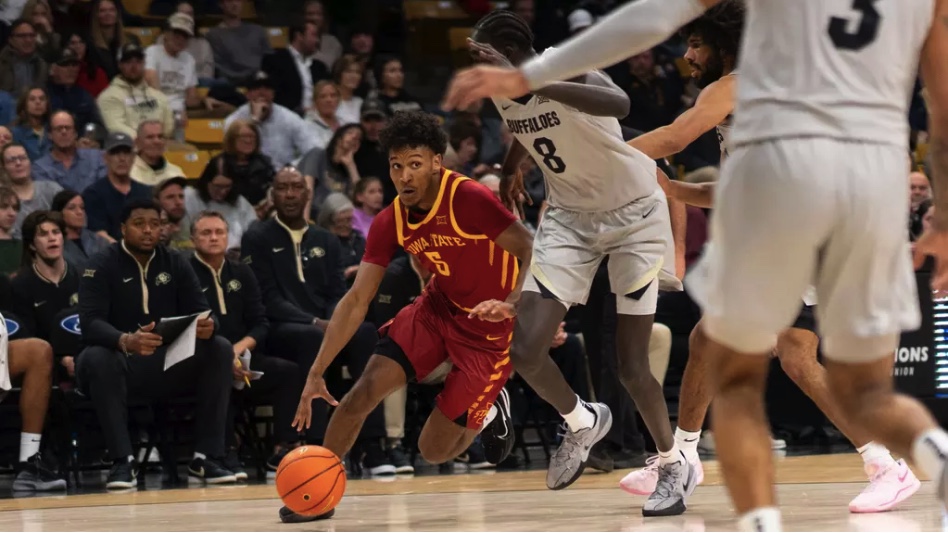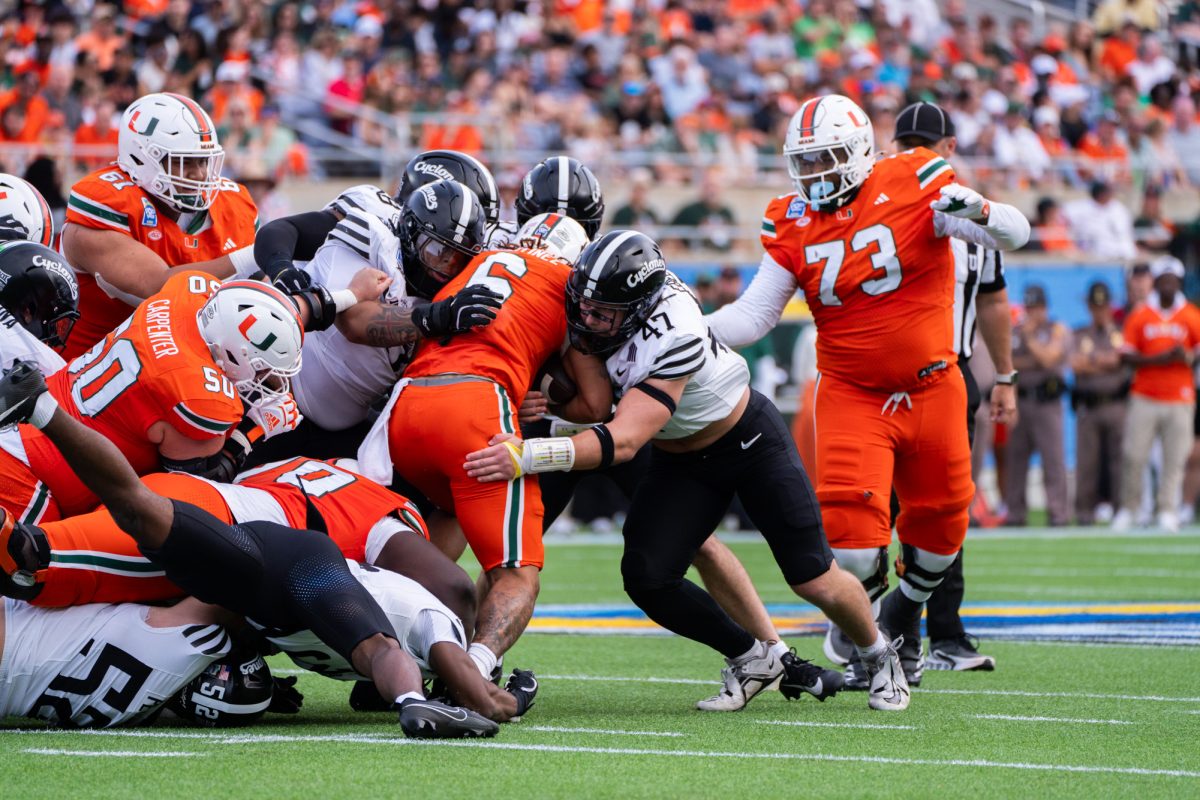ISU student athletes handle pressure of being in limelight
April 22, 1999
The negative publicity several Iowa State student athletes have received this year for events that occurred outside of the sports arena has prompted criticism of the media by members of the athletic community.
ISU Athletics Director Gene Smith said sometimes the coverage of a negative situation involving an ISU athlete can be one-sided.
“It’s challenging when an athlete is involved in a negative situation to get the entire story presented,” he said, noting that many times the initial incident is given much more coverage than its outcome.
Tom Kroeschell, assistant athletics director for media relations, said many times the public would rather hear about a scandal than about anything positive ISU student athletes do.
“A service project doesn’t illicit as much interest as some negative issue would,” he said.
However, Kroeschell said media coverage of athletics is not necessarily different than any other newsworthy event.
“There definitely is a sense in which the media is more interested in negative aspects than positive, but that’s not unique to athletics,” he said.
Smith said publicity of athletes, both negative and positive, makes a huge impact on ISU.
“Whether we agree with it or not, athletics is a window that the university is viewed through,” he said.
Kroeschell said watching ISU athletics might be the only way some people have any connection with ISU.
Because of the media coverage of sports, some athletes think expectations are generally higher for them than for non-athletes.
“The public knows who you are, and you’re representing ISU more than a regular student,” said Bryan Gilbreaith, member of the track team and undecided sophomore.
Most athletes recognize the additional pressures they have from the public and press, said Jessica Polo, member of the softball team.
“The media puts more pressure on athletes because they are supposed to be role models for younger kids to look up to,” said Polo, junior in exercise and sport science.
However, some athletes did point out that media coverage of activities of athletes and non-athletes is completely different.
“[Negative things] happen to normal students, but it doesn’t get in the papers,” said Jay Withee, wrestler and freshman in liberal arts and sciences.
Polo agreed with Withee, saying that the standard is higher for student athletes.
“It’s big news if an athlete gets in. trouble with the law, even for something minor,” she said.
However, Kroeschell said student athletes need to use the press to get more involved in the community.
“They have to be conscious that they are public figures,” he said. “It is that awareness that prompts opportunities for them outside their competitions to make contributions.”






